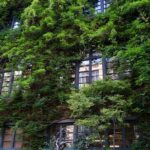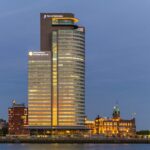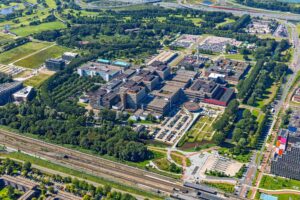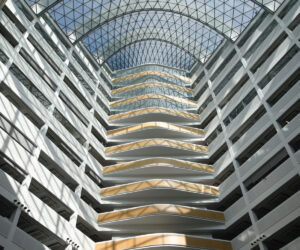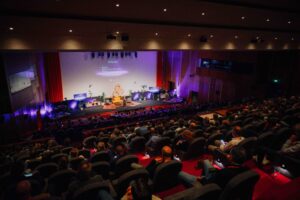
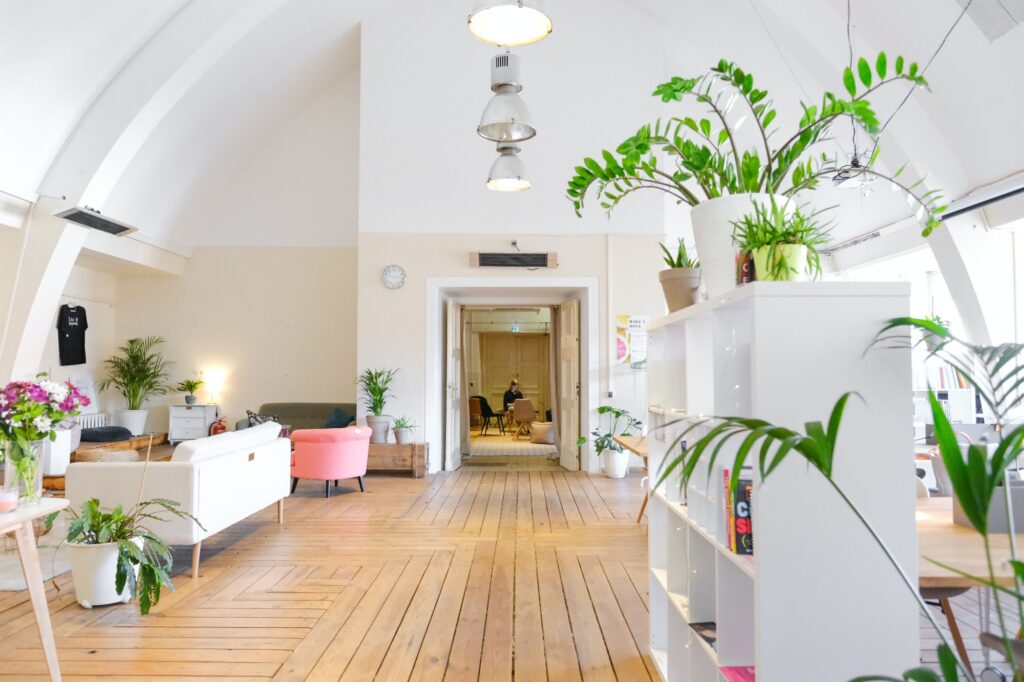
Is it time for building shaming? The solution is circularity
By now, most of us have experienced “flight shaming”. But is “building shaming” next? The environmental impact of a building has been found to be four times higher than that of flying. This was the thesis of the Circular Construction webinar presented by Duurzaam Gebouwd. Consultants Lian, Tijs and Pien from CFP Green Buildings attended the webinar with great interest and enjoyment, and here summarize for you the major trends they have identified.
Reuse is the future
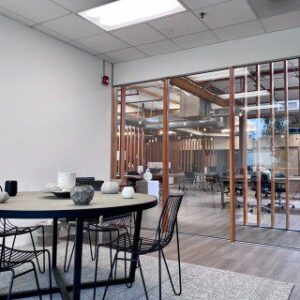
Materials are becoming more precious and more expensive due to scarcity, and this is making prices rise faster and faster. Due to the increasing scarcity of many building materials, reuse of building materials is becoming increasingly attractive – but unfortunately, is not yet happening on a large scale. Detachability, digital modelling and remountability can be the solution!
Detachability
Detachability is emerging as one of the solutions in circular construction. Designing materials and products in such a way that they can be detached, or disassembled, makes them much more easily reusable. This is important at all scales within buildings, to enable the object to retain its function and be reusable at a high level of quality. Detachability is not necessarily a goal in itself, but a means to enable reuse. What we can and must do from now on is incorporate detachability into the design when constructing or renovating any building or facility. In this way, we will be able to recycle more easily and much more frequently in the future.
Remountable construction
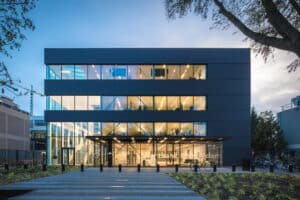
The ultimate form of detachability and reuse is remountability. Remontability is the disassembling of materials and restoring them to their original form. Remountable construction makes it much easier to move, change or reuse building components. One example, Lagemaat explains, is the temporary court in Amsterdam. When this building was developed over five years ago, it was completely designed for dismantling and remounting after its initial use. Now that the court is no longer in use, it will be completely dismantled and repurposed at a new location, in the province of Twente. 95% of all the materials of the temporary court in Amsterdam will get a new function in the building in Twente. What kind of difference does this make? Reusing the concrete and steel structure alone saved over 2,000 tonnes of embodied carbon.
Digital modelling of buildings
A common thread that recurred throughout the webinar was the relevance of making a digital copy of buildings. A digital twin of a building makes it easy to see what materials are present in the building, to then assess how they can be given a second life. For example, a digital model (such as a BIM model) can be used to map out what materials are present in an existing building, after which it is easier to disassemble and remount them at a different location.
Mapping circular possibilities with circular scan
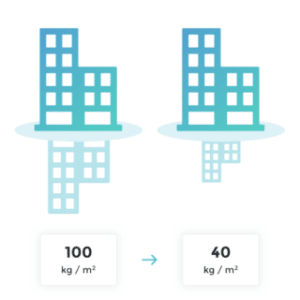
To start working with circularity, the first step is to map out what raw materials are present in the existing building. This is what CFP Green Buildings’ circular scan does. Based on the insights obtained, we then rate how circular your building currently is, after which we draw up an improvement plan for the building. This enables us to create the optimal new building design for a future renovation, in which raw materials are reused as much as possible. And it also lets you start working right away with all the raw materials that are used on an annual basis within the building in order to reduce the circular gap.
Getting started with circularity on your own
Right now, we are facing a huge challenge: reduce emissions in the built environment by 50% by 2030 and become fully circular by 2050. Do you want to get started on your own? Then CFP can help you with a circular scan or custom-tailored recommendations. Among other things, CFP helps facilities departments draw up circular roadmaps and assists parties in setting and achieving circular purchasing objectives.
Want to know more? Contact one of our consultants and find out what we can do for you. As the well-known Chinese proverb says, the best time to start is 20 years ago!
